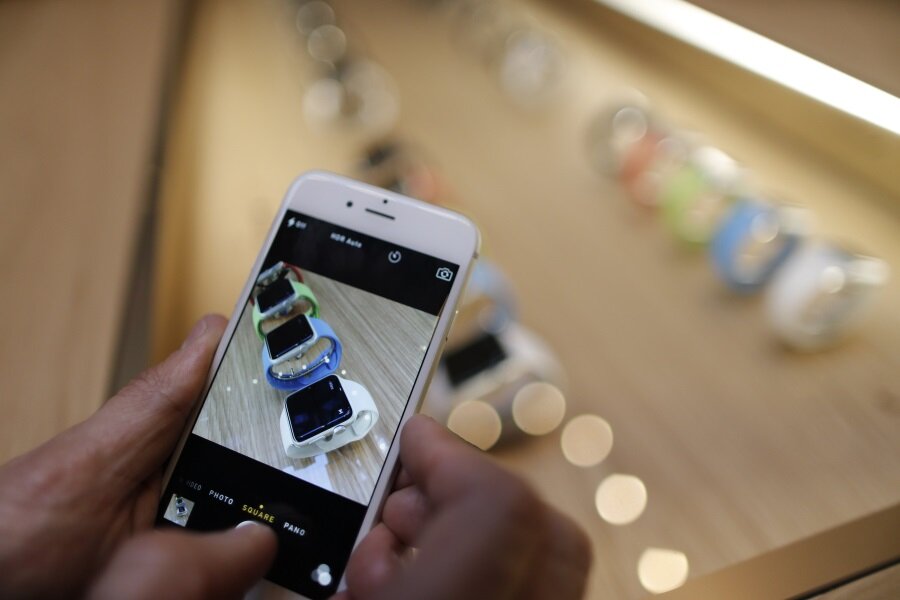Apple buys LinX, hinting at thinner cameras in future iPhones
Loading...
The iPhone 6 has probably the best camera of any smart phone on the market right now, but those optics don’t quite fit inside the phone’s otherwise sleek 6.9-mm body. The iPhone 6 camera protrudes ever so slightly from the rest of the phone in what’s been called a “camera bulge.”
But an Apple acquisition made on Wednesday could bring about the end of the camera bulge, and could improve the quality of iPhone images to boot.
Apple bought LinX Computational Imaging, an Israeli camera company, for a sum close to $20 million, according to a report by The Wall Street Journal. LinX makes multi-lens cameras for laptops, tablets, and smart phones that can take pictures almost as high-quality as those taken by pricier single-lens reflex (SLR) cameras. Additionally, LinX’s cameras are about half the thickness of the cameras usually found in smart phones and tablets.
Thin cameras could be an important asset to Apple as the company works to shave millimeters off the thickness of its devices, from iPhones to MacBooks. If LinX can build a high-quality camera only half the height of the one currently found in the iPhone, it could allow Apple to make the next iPhone model even thinner – or at least make sure the camera is flush with the phone’s body.
According to LinX’s website, its cameras use special sensors to capture several images when the shutter is pressed. The company’s algorithms allow its cameras to measure the depth of a captured image, meaning that the images contain 3-D information and can be refocused after the fact. The latter feature is shared by Lytro “light field” cameras, which launched in 2012 but never really took off thanks to high prices. Perhaps Apple and LinX will find a way to add a focus-after-the-fact feature to the iPhone.
LinX also has a reputation for building cameras that perform well in dim environments, capturing images without the blur or color inaccuracies often found in photos taken in low lighting. The company says images captured by its cameras are accurate enough to be used for 3-D modeling and facial recognition. With careful engineering, the iPhone’s camera could eventually take SLR-quality images without adding to the phone’s thickness.
It’s worth noting that Israel, where LinX is headquartered, is Apple’s biggest R&D base outside of the US. Apple employs more than 700 people in Israel, and it’s acquired several Israeli companies in the past, including flash memory company Anobit in 2011.








